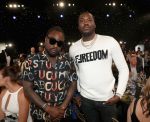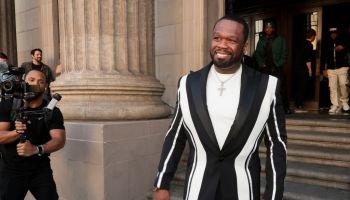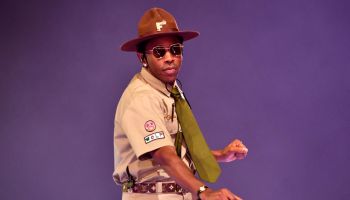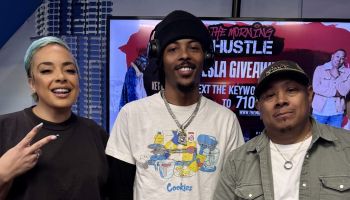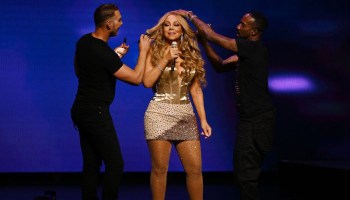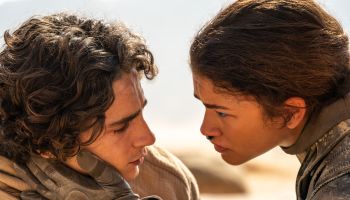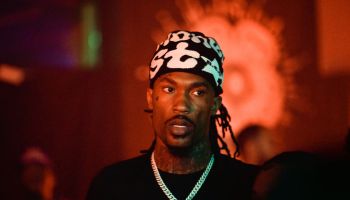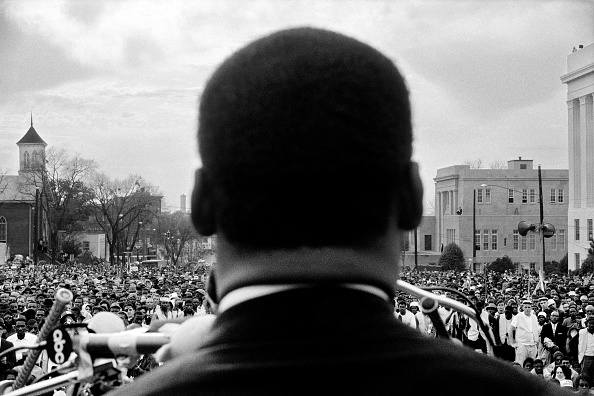
“Selma,” the film about the marches in the Alabama city during 1965, opened in theaters today and should be at the top of your list of films to see. The passionate, detailed portrayal of the Selma marches in the film has already drawn critical acclaim. While Dr. Martin Luther King is the main leader in the film, many other activists and politicians shaped the events of the Selma Marches. Here are some of the key players in the film and their roles in history:
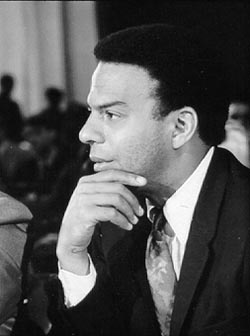
Andrew Young (played by Andre Holland) was the executive director of the Southern Christian Leadership Conference (SCLC) and helped with coordinating protests and marches for the organization. He served as a mediator and negotiator in crucial moments of the Civil Rights movement and attended many of the conversations between the White House and Civil Rights leaders. He worked on voter registration drives in Georgia and Alabama before that and assisted in the organizing of citizenship schools that taught nonviolent protest tactics to young people. During the movement he worked closely with Dr. King, and was with him the day he was assassinated.
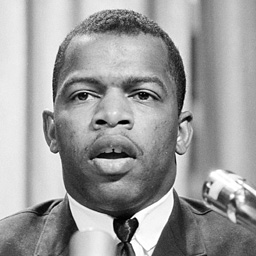
John Lewis (Stephan James) was the president of the Student Nonviolent Coordinating Committee (SNCC) and was the youngest speaker at the March on Washington. He was also involved in the Nashville Student Movement and was one of the 13 original Freedom Riders. He was at the Bloody Sunday march in Selma and suffered a fractured skull from police attacks that day, and famously went on TV and called on President Lyndon Johnson to intervene before being treated. Along with Dr. King he was one of the “Big Six” leaders of major organizations active in the Civil Rights Movement.
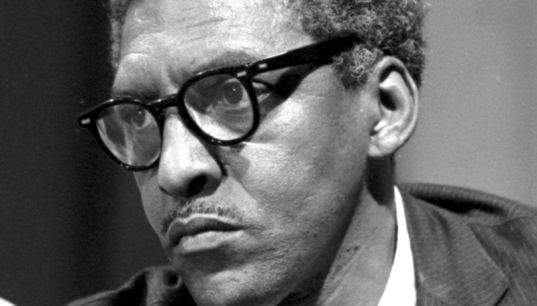
Bayard Rustin (Ruben Santiago-Hudson) was a veteran organizer of the Civil Rights Movement and the chief architect behind the March on Washington. He and other early civil rights leaders had wanted the march to happen in 1943, but abandoned the plan when President Franklin D. Roosevelt agreed to integrate the military. He proposed the creation of the SCLC and advised Dr. King on the tactics Gandhi had used. His role in the movement was downplayed because of his sexuality and ties to communism.
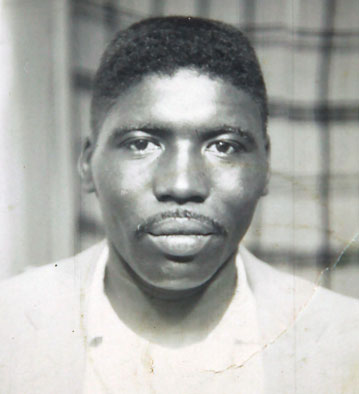
Jimmie Lee Jackson (Keith Stanfield) was a protester and deacon at the St. James Baptist Church in Marion, Alabama. On February 18, 1965, he marched with people in Marion to a jail where an activist was being held, but local police ambushed the group of protesters. He tried to flee with his family but was shot twice by police, and died several days later. His death became the catalyst that set off the marches in Selma.
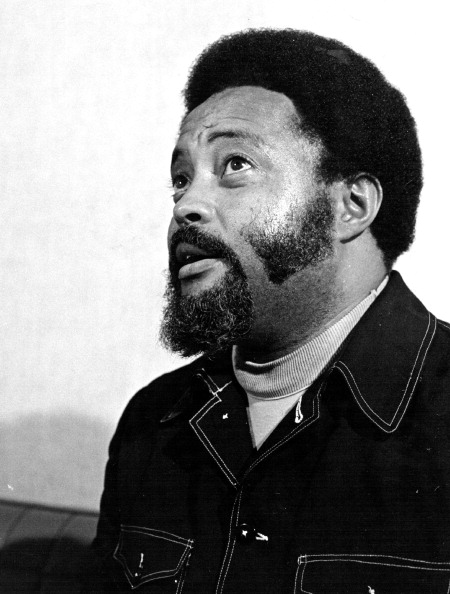
Hosea Williams (Wendell Pierce) was a Civil Rights leader and part of Dr. King’s inner circle in the SCLC. Along with John Lewis he led the famous Bloody Sunday march in Selma that gained nationwide attention. He was teargassed and hospitalized that day, but the televised police brutality accelerated the passing of the Voting Rights Act of 1965. He helped with voter registration drives during Freedom Summer and was an organizer for the NAACP before that.
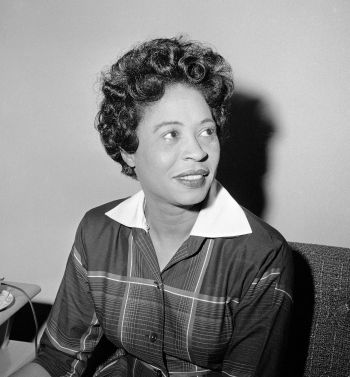
Amelia Boynton Robinson (Lorraine Toussaint) was an activist and a key figure in the Selma marches. She let civil rights leaders use her home in Selma as a base of operations, and she partook in the Bloody Sunday march. She was knocked out by police during the march, and a photo of her unconscious body was taken that instantly drew international attention. When President Johnson signed the Voting Rights bill into law, she attended the historic moment as a guest of honor.
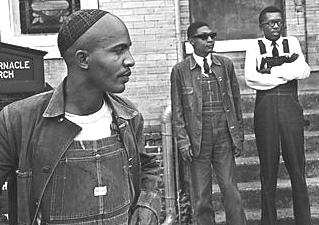
James Bevel (Common) was the SCLC’s Director of Direct Action and orchestrated some of the organization’s key campaigns. He was part of the Nashville Student Movement and strategized efforts to desegregate theaters in Nashville. His tactics, which sometimes involved using children in protests, succeeded in getting President John F. Kennedy to meet with Dr. King about a Civil Rights bill. A few weeks after the March on Washington, he and Diane Nash started organizing the Alabama Voting Rights Project. This and SNCC’s Voting Rights Project became the Selma Voting Rights Movement, which coordinated the Selma marches of 1965.
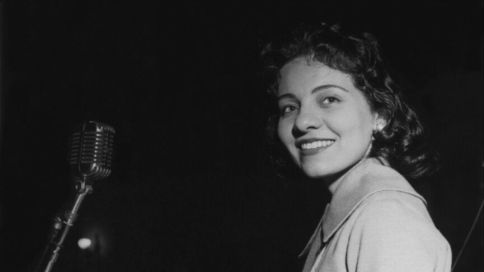
Diane Nash (Tessa Thompson) was a student leader and one of the most successful tacticians of the Civil Rights Movement. She led the Nashville Student Movement that successfully integrated lunch counters in Nashville, and she and other young protesters played a crucial role in the completion of the Freedom Rides. Enraged by the Birmingham church bombings that left four young girls dead, she and James Bevel developed a plan to have every black person in Alabama registered to vote. The SCLC was reluctant to support their idea at first, but eventually joined their efforts that led to the marches in Selma.
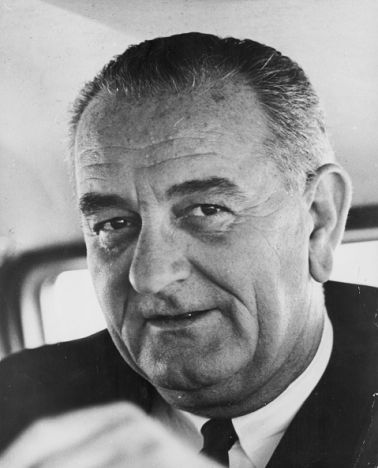
Lyndon B. Johnson (Tom Wilkinson) was the 37th vice president of the United States, and became the 36th president when Kennedy was assassinated. He signed into law the Civil Rights and Voting Rights acts and navigated them through a congress and senate that had opposed the bills before. He wanted to postpone passing the Voting Rights Act of 1965, but the Selma marches and larger Civil Rights Movement prompted him to act. Previously when he was a senator he voted against every piece of civil rights legislation from 1937 to 1957.
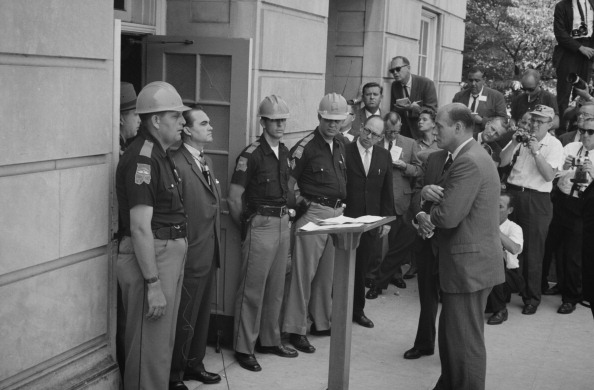
George Wallace (Tim Roth) was the 45th governor of Alabama and an opponent of the Civil Rights Movement. The Selma marches were staged to meet with Governor Wallace about the death of activist Jimmie Lee Jackson by state troopers. Wallace denounced the marches as a threat to public safety and said he would try to prevent them from happening. He ordered state troopers to arrest marchers until the protesters secured a court order against him and President Johnson mobilized the Alabama national guard to protect them.
Like TheUrbanDaily.com on Facebook!
MORE LINKS ON THE URBAN DAILY
5 Ways ‘Selma’ Can Inspire Today’s #BlackLivesMatter Movement
Ava Duvernay Responds to ‘Selma’ Criticism
Wendell Pierce Discusses ‘Selma’, Success of ‘The Wire’
Selma’s Real Stories: The Historic Figures You Should Know About was originally published on theurbandaily.com




